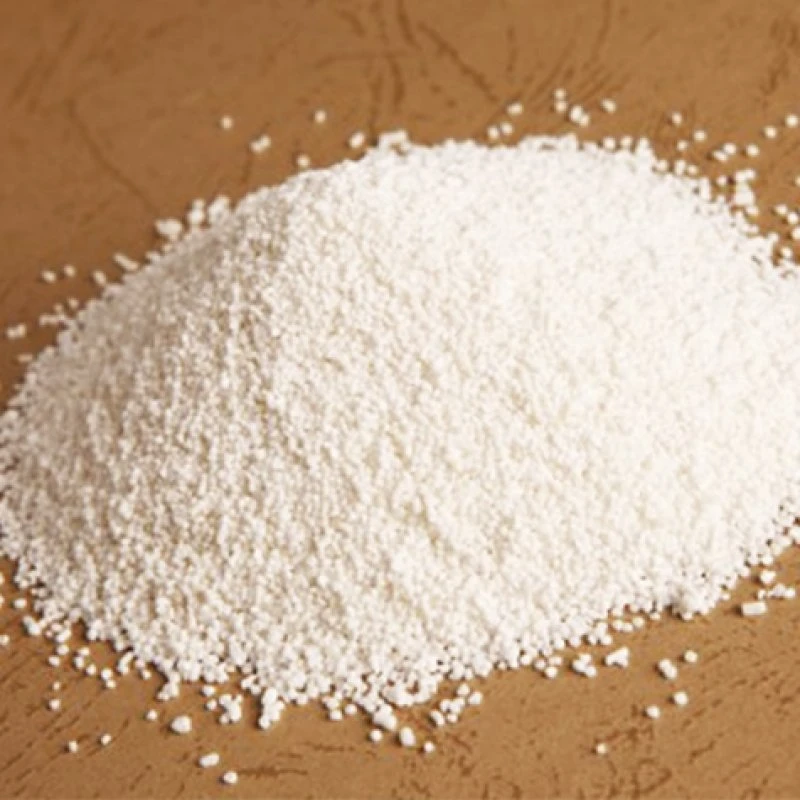



Understanding the Risks and Effects of Sodium Chlorite Toxicity on Health
The Toxicity of Sodium Chlorite An Overview
Sodium chlorite is a chemical compound primarily known for its applications in disinfection, water treatment, and some industrial processes. Despite its functionality and widespread use, it is essential to understand its toxicity and the potential health risks associated with exposure.
What is Sodium Chlorite?
Sodium chlorite (NaClO2) is a yellowish-green solid that typically exists in a powder or crystalline form. It is often used in the production of chlorine dioxide, a potent disinfectant and bleaching agent. The compound can also serve in various applications, including food sanitation, textile bleaching, and even as a chemical precursor in the synthesis of other substances.
Mechanism of Toxicity
The toxicity of sodium chlorite is primarily attributed to its ability to release chlorine dioxide upon contact with acids or certain environmental conditions. Chlorine dioxide is a strong oxidizing agent that can disrupt cellular functions by oxidizing proteins and damaging cellular membranes. This oxidative stress can lead to a range of detrimental biological effects, including inflammation, tissue damage, and cell death.
Upon ingestion, inhalation, or dermal exposure, sodium chlorite can produce toxic effects. The severity of these effects largely depends on the dosage and duration of exposure. Acute exposure may lead to symptoms such as nausea, vomiting, diarrhea, and abdominal pain. In severe cases, it can cause methemoglobinemia, a condition where hemoglobin in the blood is oxidized to methemoglobin, reducing the blood's oxygen-carrying capacity and leading to cyanosis and even organ failure.
Risks Associated with Exposure
sodium chlorite toxicity

1. Inhalation Inhalation of sodium chlorite dust can irritate the respiratory tract, leading to symptoms such as coughing, shortness of breath, and chest pain. Chronic exposure may result in long-term respiratory problems.
2. Ingestion Accidental ingestion of sodium chlorite, particularly in concentrated forms, poses significant health risks. It can cause corrosive damage to the gastrointestinal tract, leading to burns, bleeding, or perforations in severe cases.
3. Dermal Exposure Prolonged skin contact can result in irritation or burns, particularly in sensitive individuals. Awareness of safety protocols is essential, especially in industrial or agricultural settings where exposure may occur.
Regulatory Perspective
Sodium chlorite is regulated by various health and safety organizations around the world. In the United States, the Environmental Protection Agency (EPA) monitors its use in water disinfection, setting limits on allowable concentrations to ensure public safety. The Occupational Safety and Health Administration (OSHA) also establishes permissible exposure limits for workers who might encounter sodium chlorite in their jobs.
Despite its regulated status, misuse and misunderstanding about its safety can lead to serious health risks. Some individuals have even turned to sodium chlorite as a supposed treatment for various health conditions, which can be dangerously misleading and result in severe health consequences.
Conclusion
While sodium chlorite possesses valuable disinfecting properties and is useful in numerous industrial processes, awareness of its toxicity is crucial. Responsible handling, strict adherence to safety protocols, and comprehensive understanding of the potential health risks associated with exposure are vital to ensuring safety in environments where sodium chlorite is present. Public education regarding the dangers of improper use, especially in the medical context, remains imperative to prevent accidental poisonings and health hazards. Understanding the properties and risks of sodium chlorite ultimately serves to protect public health and promote safe practices in its application.
-
Why Sodium Persulfate Is Everywhere NowNewsJul.07,2025
-
Why Polyacrylamide Is in High DemandNewsJul.07,2025
-
Understanding Paint Chemicals and Their ApplicationsNewsJul.07,2025
-
Smart Use Of Mining ChemicalsNewsJul.07,2025
-
Practical Uses of Potassium MonopersulfateNewsJul.07,2025
-
Agrochemicals In Real FarmingNewsJul.07,2025
-
Sodium Chlorite Hot UsesNewsJul.01,2025










